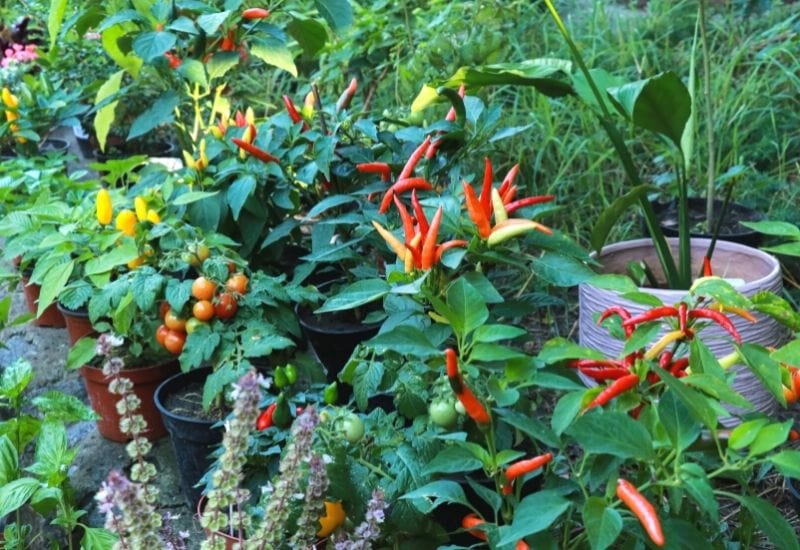
Peppers are a heat-loving tropical plant that, unfortunately, don’t always grow as fast we hope.
You might be getting particularly worried as your long-season hot peppers are not maturing and the first fall frost is quickly approaching. Or maybe your peppers are just growing slowly and you don’t know why. You are not alone!
Stunted and slow-growing pepper plants is a common malady faced by many gardeners, and there are several reasons why your peppers are taking too long to produce flowers or fruits.
Thankfully there are a number of things you can do to speed up speed up fruiting and get your pepper plants back on track.
Read on to learn why your pepper plants are growing slowly, and what you can do to speed up the growth of pepper plants.
How Long Do Peppers Take To Grow?
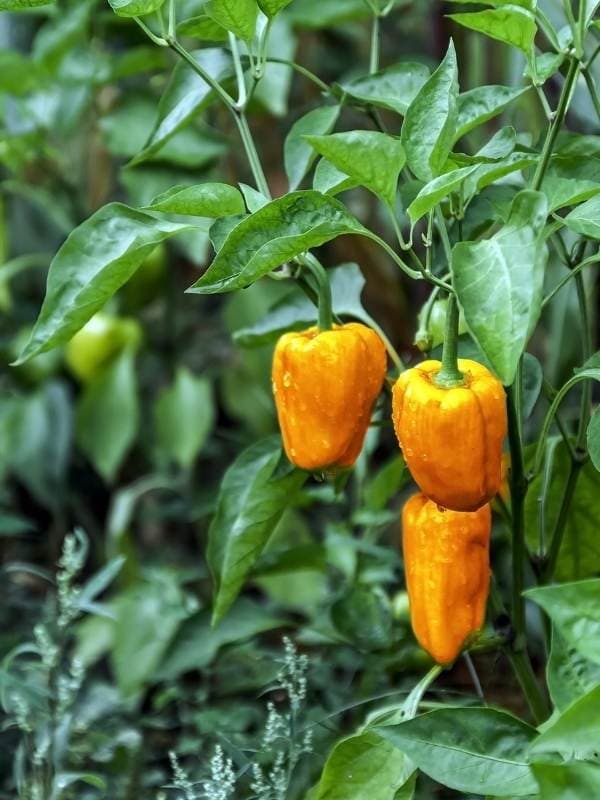
When growing peppers, it is important to have reasonable expectations about how long their growing season actually is.
There are many different varieties available, and each takes a different amount of time to mature and bear fruit. On the whole, the hotter the pepper the longer it takes.
It is important to remember when growing peppers, that when most seed companies list a pepper’s “days to maturity” that they are calculating from the transplant date, which is typically around 8 to 10 weeks after planting.
So if the seed package of your pepper says it matures in 75 days, add around 56 to 70 days to determine the total growing period.
So how long to peppers take to grow? Bell peppers usually take 65 to 75 days from transplanting to produce peppers. The ever-popular Jalapeno takes about 70 days after transplant, while extra-hot varieties, such as the Habanero, will take upwards of 100 days.
Why Are My Peppers Growing So Slowly?
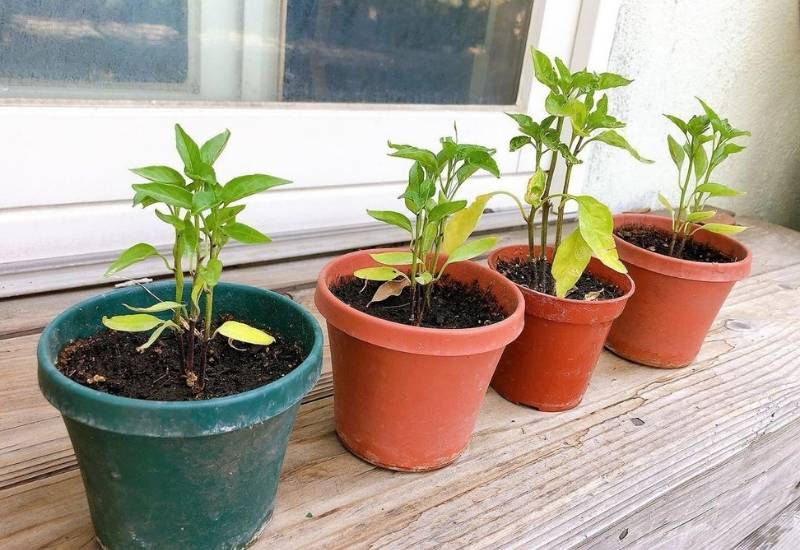
Generally speaking, peppers grow slowly because we are not meeting their ideal growing conditions. Many gardeners, especially in norther climates, have an especially hard time replicating the conditions that peppers need to grow and thrive.
Peppers are a tropical plant, and so without heat or sunlight they will grow slowly. Temperatures in the mid 20s and at least 8 hours of direct sun are necessary for good growth.
Improper watering is also a common cause of slow growing peppers, and either too much or too little water can stunt their growth.
Of course, poor soil, diseases, pests, improper pruning, and transplant shock can all lead to stunted development and slow growth.
How To Increase The Growth Of Pepper Plants And Speed Up Ripening
While all this might seem discouraging, don’t give up yet.
Here are 12 tips your can follow to help your peppers grow faster, and ensure you have a bountiful harvest that is ready before the frost.
1: Turn Up The Heat
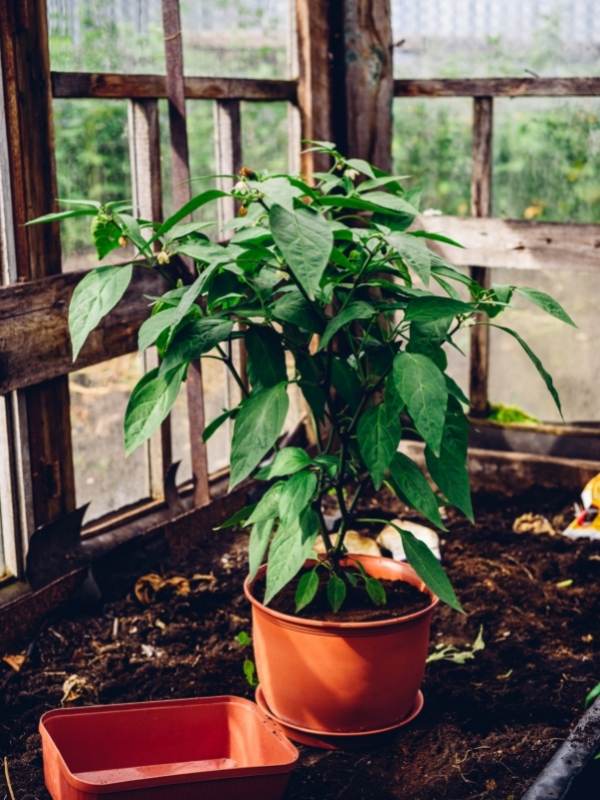
The best way to have fast-growing peppers is to provide lots of heat. The ideal daytime temperature for good pepper growth is between 21°C and 29°C (70°F to 85°F).
At night, the temperature should stay above 15°C (60°F). Any temperature below 13°C (55°F) will significantly slow down the growth of your plant.
If you grow peppers outdoors, either in pots or in the garden, make sure that the temperature is warm enough before you put them outside. If you are growing your peppers indoors or in a greenhouse, the ambient temperature is often too low (not many of us set our thermostats to nearly 30°C), then adding supplemental heat will really get your plants growing.
When you are germinating seeds, keep the temperature on the upper end of the daytime temperatures for successful germination.
A heat mat does wonders for pepper seeds. Once they have germinated, the delicate seedlings can be moved off the heat mat and given supplemental light until the ambient temperatures are sufficient
2: Provide Plenty Of Light
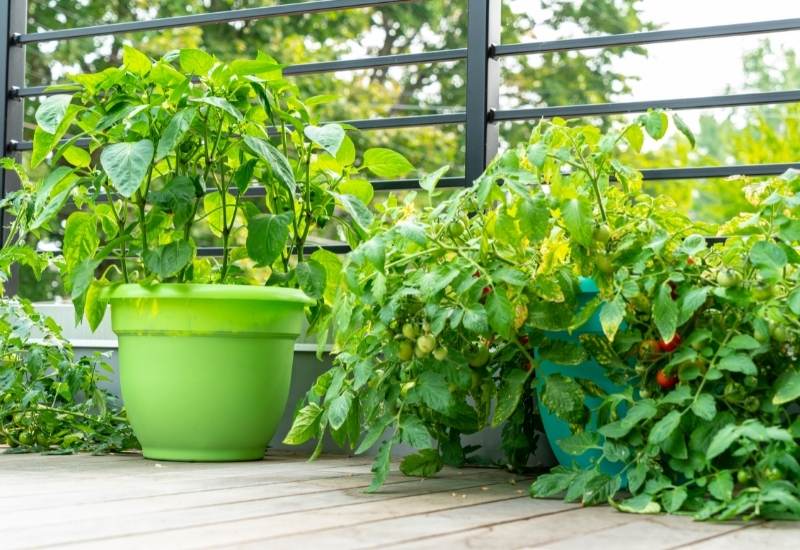
Equally important as heat is providing enough light to your pepper plants. Pepper plants should have at least 8 hours of sunlight per day, and more is always better.
If possible, make sure that they stay in direct sunlight all day long.
During an extra hot fall, sunscald can burn the fruits. If this is a problem, clever pruning can provide foliage to shade the fruit while allowing the plant to remain in full sun.
3: Prudent Pruning
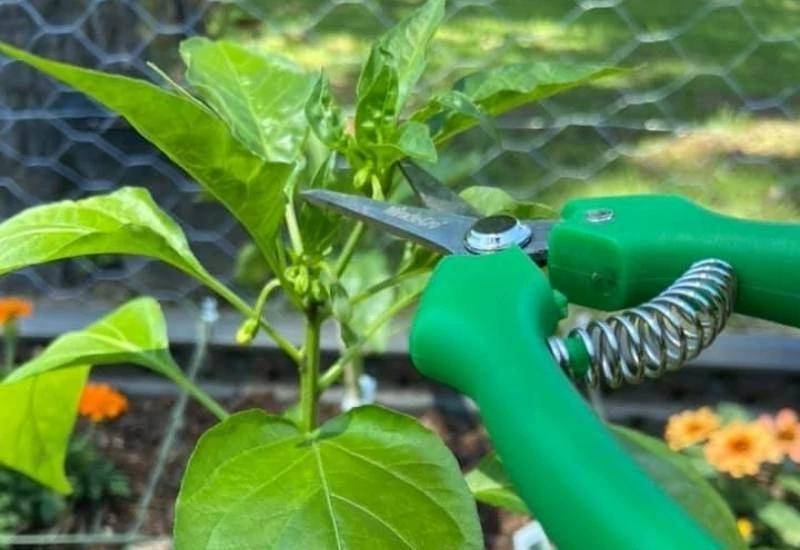
Another common pruning practice for pepper plants is to top the plant to encourage bushier growth.
This is particularly popular with hot peppers, which take a long time to grow. If you live in a cool, northern climate, topping might not be a good idea.
While it will encourage the plant to bush out and probably produce more peppers, it can set the plant back too far so you run the risk of slowing growth and delaying harvest.
4: Choose A Quick Growing Variety
If you do live in an area with a short growing season, or if you just want to eat your peppers as early as possible, choose a fast-growing variety.
This, along with all of the other points mentioned, will ensure fast growth and healthy plants.
5: Feed Your Peppers
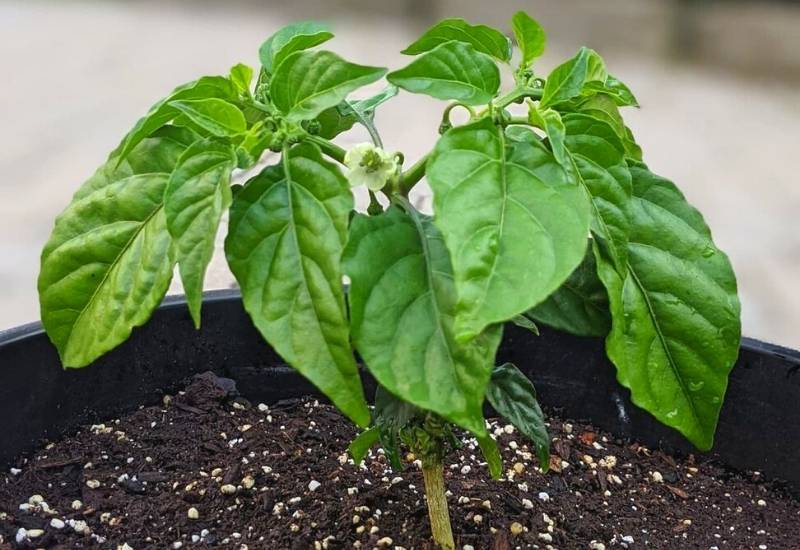
Pepper plants are heavy feeders. This means they need lots of nutrients to grow fast, strong, and healthy. By providing lots of nutrients, the pepper plants can grow to their full potential.
Before you plant your peppers, either the seeds or transplants, add lots of organic compost to your garden bed. The compost will slowly feed the plant, helping it to grow.
Nitrogen is very important for fast plant growth, and this can be provided by adding well-rotten horse and poultry manure.
6: Balance The pH
Making sure the soil pH is balanced can also have a significant impact on good growth. Keep your soil pH between 5.8 and 6.8 if possible.
If the soil is too acidic or too alkaline, this will inhibit nutrient uptake by the plant and lead to poor growth.
7: Watch The Water
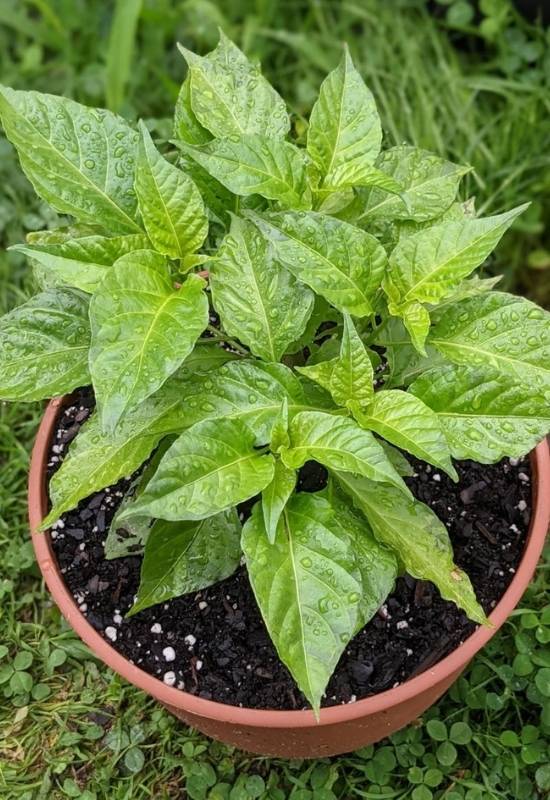
Pepper plants need just the right amount of water to grow. Too little water will lead to nutrient deficiencies and poor growth. Peppers will survive through periods of drought, but they won’t grow very well.
Too much water will make the root system weak because it doesn’t have to work to find water. When a dry spell comes, the plant will grow very poorly. Overwatered, waterlogged soil can also lead to root rot.
To ensure your peppers are adequately watered, feel the soil. If the soil is moist to a few inches deep, they have enough water. If the soil is dry to this depth, give them a drink. Check your soil moisture every day, especially during hot weather.
If you are growing your peppers indoors or in pots inside a greenhouse, remember that soil in pots will dry out faster than in the garden. Make sure you are extra vigilant with watering your potted peppers.
8: Start Them Early
To have fast peppers, it is important to get them off to a good start by starting them early. Ideally, you want to start them 8 to 10 weeks before you plan on transplanting.
Starting them early will make sure they are big and strong when they go in the garden and will grow quickly once established.
9: Grow Peppers Hydroponically
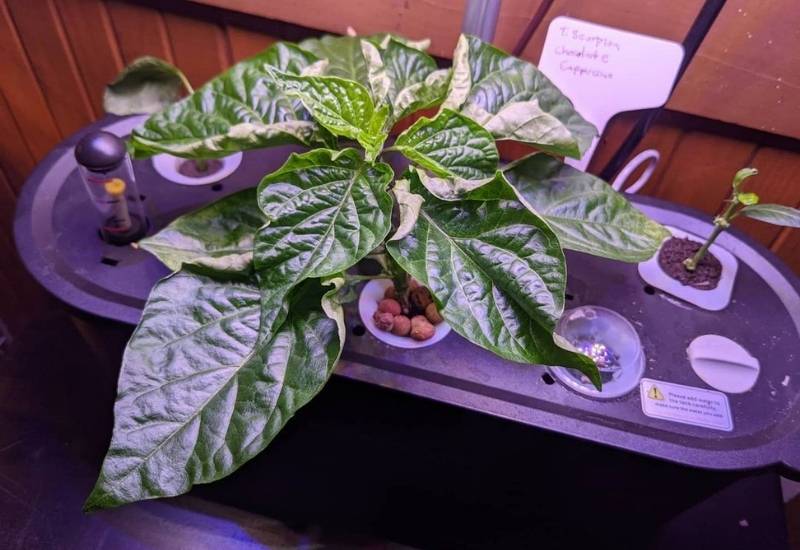
If you want to have fast-growing peppers, consider growing them hydroponically. Hydroponic growing means suspending the roots in a liquid solution that feeds the plant.
In a hydroponic garden, your peppers will be given exactly what they need in terms of light, heat, and nutrients to maximize potential and stimulate fast growth.
10: Put Them In A Greenhouse
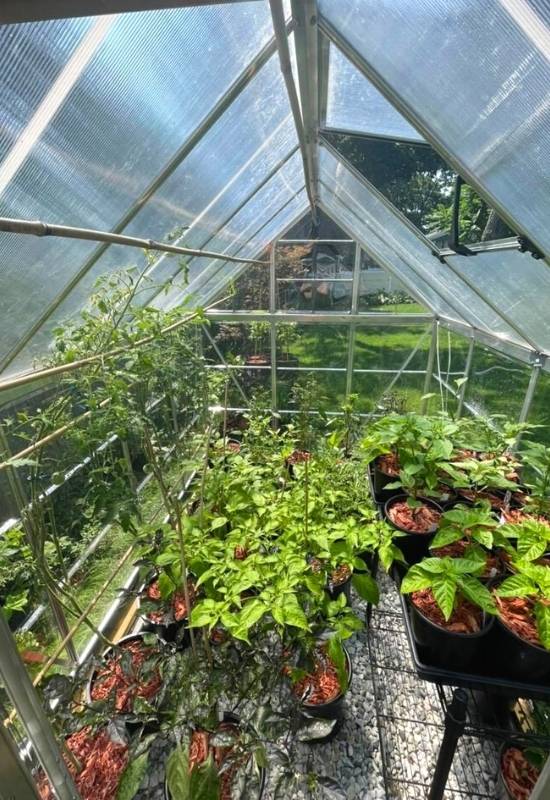
Growing your peppers in a greenhouse will give them much-needed extra heat and will greatly speed their growth. Some growers say that peppers grown under cover will grow twice as fast and as big as peppers grown out in the garden.
To grow your peppers in a greenhouse doesn’t mean that you have a buy a fancy glass greenhouse. While this would certainly do the trick, you can grow your peppers under a simple hoop house or in a cold frame.
You can even put an empty milk jug upside down over your plant or create a dome of bubble wrap. These cheap and easy options will improve the growth of heat-loving peppers.
11: Remove The Early Flowers
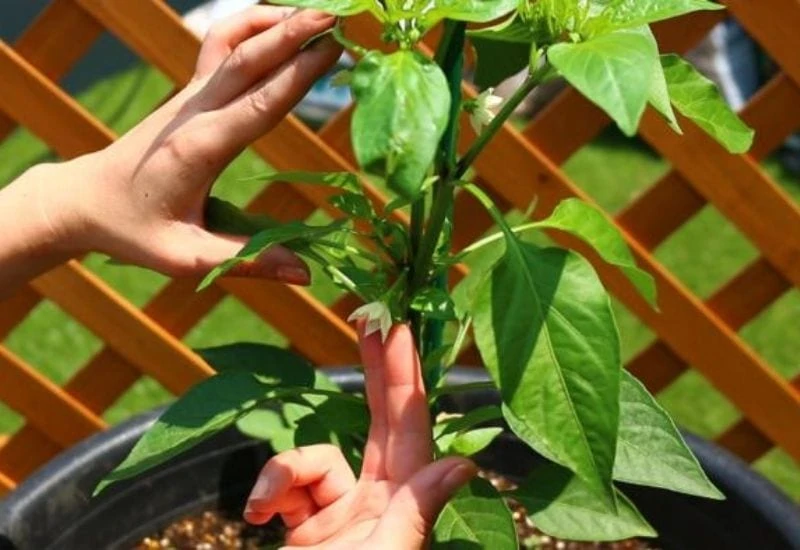
Peppers will quire often produce flowers as early as the transplant stage. Picking off these early flowers will shift the energy from fruit production to plant growth, and the loss of the early harvest will give your plant a boost.
Again, if you live in a northern climate, you might not have the luxury of removing the early buds, since your season might not be long enough to wait for the second set of fruits to mature.
12: Hardening Off Pepper Plants Before Transplanting Outdoors
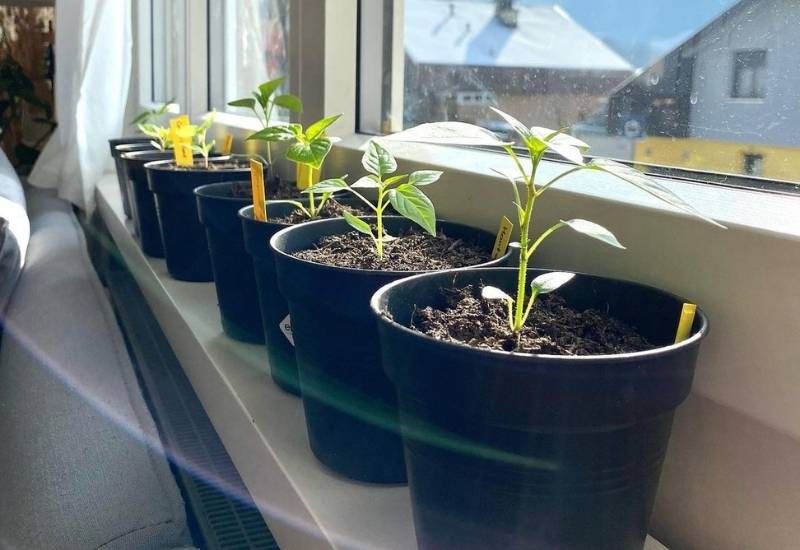
Newly transplanted peppers can easily suffer from transplant shock. Transplant shock is the adjustment period of plants getting used to their new environment.
If the transition from pot to the garden is too sudden, the pepper plants can be hit hard and take a while to acclimate to their new surroundings. This can significantly impede growth.
To avoid transplant shock, harden off your peppers well before transplanting. Put lots of compost under the transplanted peppers so they will not lack nutrients, and make sure they stay well-watered as the roots establish themselves.
Conclusion
If your peppers are growing slow, you are not alone. It is very frustrating to watch your plants grow slowly, especially when you know that frost is just around the corner.
I hope this will give you a few ideas to help your peppers thrive and have fast and healthy growth.

Written By
Amber Noyes
Amber Noyes was born and raised in a suburban California town, San Mateo. She holds a master’s degree in horticulture from the University of California as well as a BS in Biology from the University of San Francisco. With experience working on an organic farm, water conservation research, farmers’ markets, and plant nursery, she understands what makes plants thrive and how we can better understand the connection between microclimate and plant health. When she’s not on the land, Amber loves informing people of new ideas/things related to gardening, especially organic gardening, houseplants, and growing plants in a small space.
